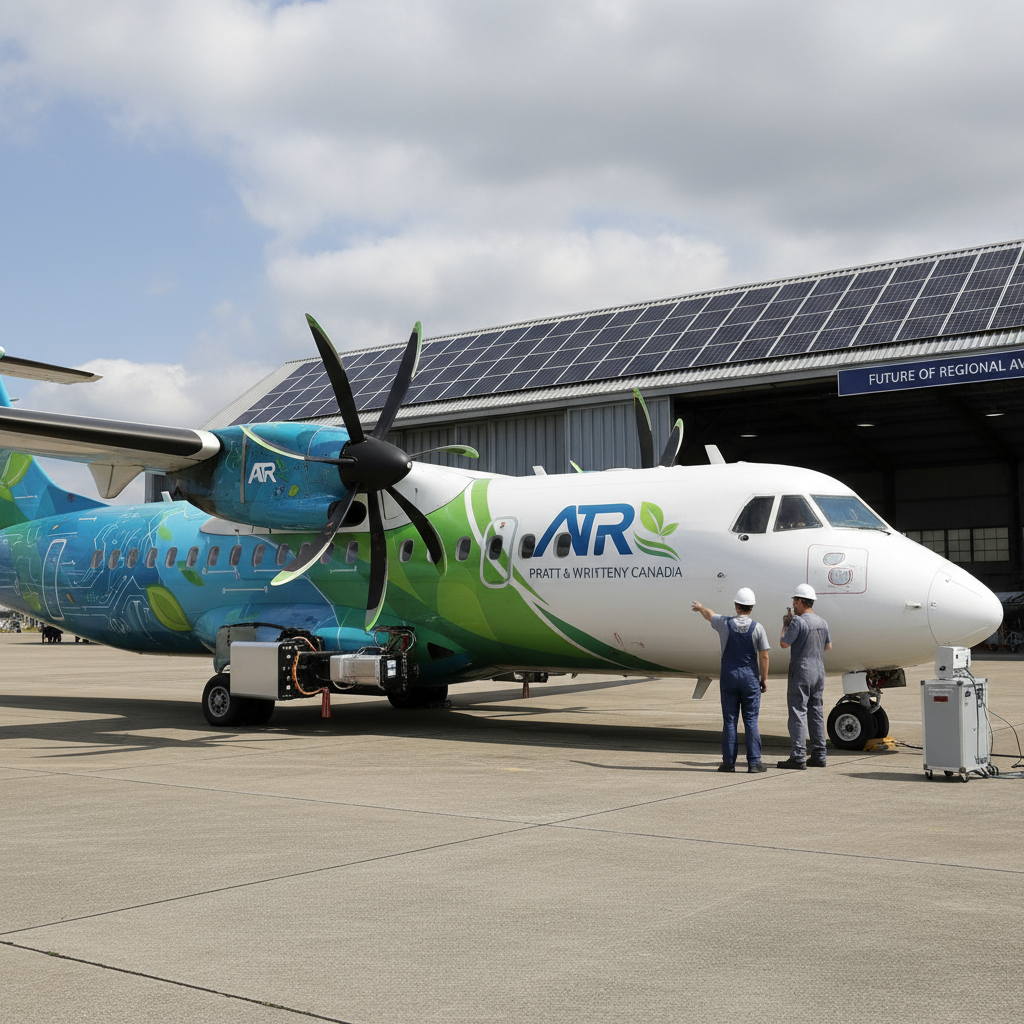Physical Address
304 North Cardinal St.
Dorchester Center, MA 02124
Physical Address
304 North Cardinal St.
Dorchester Center, MA 02124
Global aviation news tracker
Global aviation news tracker

ATR and Pratt & Whitney Canada announced a joint effort to develop ATR hybrid engine technology for future regional aircraft.
European regional manufacturer ATR has entered a technology partnership with Pratt & Whitney Canada (P&WC) to explore hybrid propulsion solutions for regional turboprops and future aircraft. The collaboration focuses on combining conventional engines with electric-assist systems to lower fuel burn and reduce CO2 emissions while preserving range and payload for regional routes.
Both companies say the program will target real-world testing and certification milestones over the coming years, accelerating adoption of hybrid systems in Western regional fleets. Pratt & Whitney Canada brings engine expertise, while ATR supplies airframe know-how and market access to regional operators.
For operators and passengers, hybrid propulsion promises quieter operations, lower operating costs, and improved environmental performance. ATR and P&WC are positioning the work as a practical, incremental step — blending proven turboprop technology with electric components rather than aiming for all-electric short-haul flights today.
Technical and regulatory hurdles remain: battery energy density, system weight, certification standards, and maintenance models will need solving before hybrid systems become mainstream. Still, the partnership signals stronger industry momentum toward near-term, commercially viable hybrid propulsion rather than purely conceptual concepts.
Expect ATR and Pratt & Whitney Canada to work through prototype demonstrators, ground runs and flight trials before regulatory steps toward certification. The collaboration adds another notable player to a growing field of aircraft manufacturers, engine makers and startups racing to decarbonize regional air travel through hybrid and electric technologies.